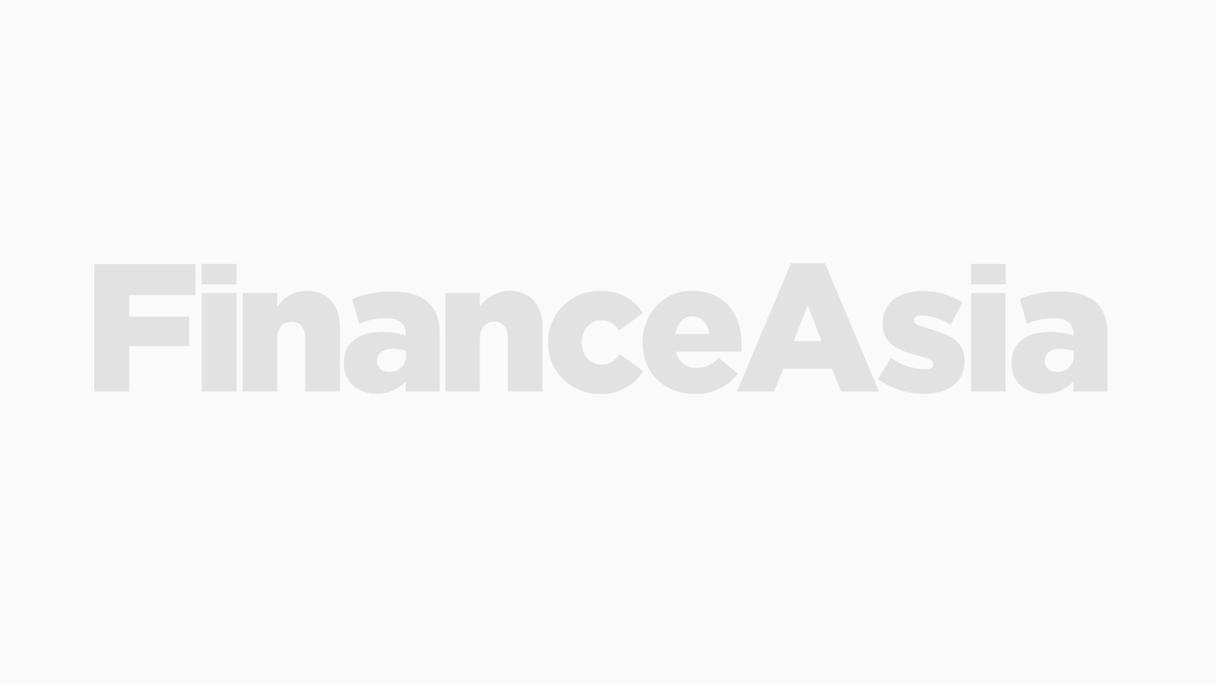The launch of the 2.2 year transaction after New York's close on Tuesday has taken the market completely by surprise and must rank as one of the quietest launches of an equity deal from Asia in over a year. In essence, the 144a deal results from a re-organisation at Hyundai Motor and its disaffiliation from the founding Chung family. Following a subsequent share buy-back scheme at Kia, the company's holding in its affiliate (purchased in March 1999), has risen to 53% and will now be pared back by 13.1%.



